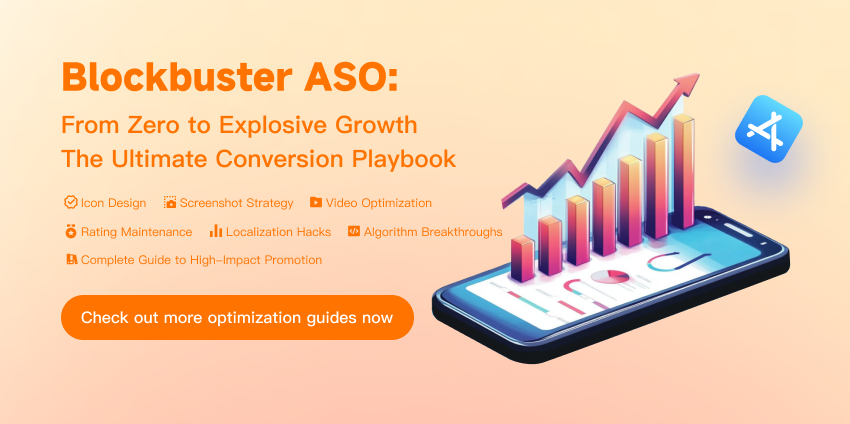
Loading...
Free consultation with ASO specialists
Doing ASO for the first time or have no idea how to carry out targeted optimization of your app?
We offer one-on-one customized services provided by app marketing specialists
User Persona
What is a user profile?
User persona, also known as user role, is a fictional character prototype based on real data, which represents a group of users with similar behaviors, needs and goals. By collecting, analyzing and integrating a large amount of user data, key features and behavior patterns are extracted to create representative user images. These images are not just simple statistics, but also include background information, psychological characteristics, consumption habits, usage scenarios and other aspects of users, enabling product teams to better understand target users.
Advantages of building user portraits
-
Accurately reach target users
Through user portraits, advertisers can accurately find the target user group, improve the exposure and click-through rate of advertisements, and reduce advertising costs.
-
Improve advertising effectiveness
The advertising strategy and creative content formulated according to the user portrait are more in line with the needs and tastes of users, which can improve the acceptance and conversion rate of users to advertisements.
-
Optimize user experience
When users see ads that are relevant to their interests, they feel the ads are more valuable, which reduces their aversion to ads and improves user experience.
-
Supporting business decisions
User portraits provide strong data support for business decisions such as product development, market promotion and customer service of enterprises, helping enterprises better meet user needs and improve market competitiveness.
The relationship between user portraits and ASO (App Store Optimization)
-
Keyword Optimization
Understanding the search habits and needs of different user groups helps to choose more accurate keywords for optimization. Based on the search preferences of different user portraits, select relevant popular keywords and long-tail keywords to improve the ranking of applications in the application store search results.
-
Optimize app description and screenshots
Optimize the description and screenshots of the app according to the characteristics and needs of user portraits, and attract the attention of target users. For example, for technology enthusiasts, you can highlight the technical highlights and innovative functions of the application in the application description, choose appropriate screenshots to show the core functions and advantages of the application, and meet the needs of different users.
-
Application Ratings and Reviews Management
Different user profiles have different evaluation criteria and concerns for the application. By analyzing user profiles, understanding their expectations and feedback on the application, responding to users' reviews and questions in a timely manner, improving the ratings and reputation of the application. For users who focus on functions, update and improve the functions of the application in time; for users who pay attention to the interface, optimize and improve the interface.
How to create effective user portraits
-
Data collection
Collect various data from users, including behavioral data, questionnaires, user feedback, etc. You can also obtain relevant information through market research, competitive analysis and other ways.
-
Data Analysis
Analyze and organize the collected data to find out the commonality and differences of users. Use data analysis tools and methods to explore the potential needs and behavior patterns of users.
-
Create user profiles
Based on the analysis results, create representative user portraits. Give each user portrait a name, photo and detailed description to make it more realistic and specific.
The reasonable use of user portraits can achieve precise marketing and optimization, improve user experience and application promotion effect. Enterprises should pay attention to the creation and application of user portraits, constantly optimize and improve user portraits to adapt to market changes and user needs.
Related terms
